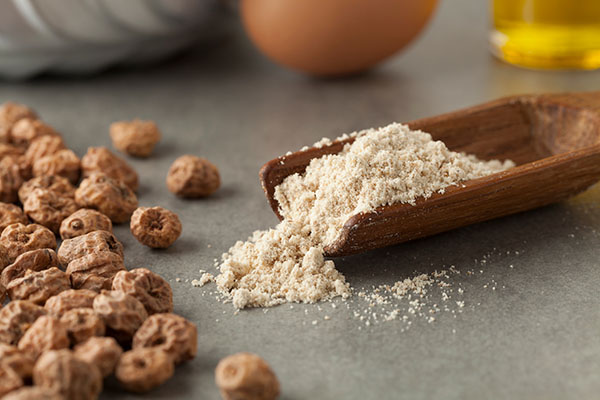
Advertisement
Cutting back on sugar is a step in the right direction, but it’s easier said than done considering how addictive sugar can be. Oftentimes, a sugar detox is a painful mental battle that can physically take a toll on you. When that happens, it’s a sure sign that you have a sugar addiction and you must act fast to put a stop to it.
Here are some helpful tips to curb your sweet cravings: (h/t to BeBrainFit.com)
1. Do a food inventory
Do an inventory of all the foods you regularly eat to weed out hidden sources of sugar. Sugar comes in so many forms and names that it’s easy to overlook it sometimes. Just look at these sweeteners:
- agave nectar
- barley malt
- crystalline fructose
- dextrin
- dextrose
- fructose
- lactose
- maltodextrin
- sorbitol
- sucrose
Anything with the word “sugar” or “syrup” attached to it is also a sweetener. Avoid any foods that contain these unhealthy ingredients. These include seemingly healthy foods like energy bars, dry cereal, smoothies, multigrain crackers, sauces and salad dressings.
2. Switch to healthy sweeteners
However, there are also healthy sweeteners like monk fruit and stevia that aids in detoxing. Stevia, a natural sugar substitute, is a nutrient-rich herb that derives its flavor from a sweet but calorie-free protein. It’s up to 200 times sweeter than sugar, yet it has little effect on the body’s blood sugar response.
Monk fruit, on the other hand, is a lesser-known natural sweetener. Also known as luo han guo, it’s a small round fruit native to southern China. It has been used for centuries in Eastern medicine as a remedy for digestive problems and the common cold. Recently, its juice has emerged as a healthy sugar alternative, being up to 200 times sweeter than sugar while containing zero calories.
Be reminded that not all natural sweeteners are healthy. Honey, for example, can drastically raise your blood sugar levels.
3. Prepare a sugar-free meal plan
Plan your meals to keep track of your diet. Being this hands-on allows you to take control of your own health, save money and avoid cravings. If you’re uncertain where to begin, try following the Mediterranean diet — arguably the healthiest of all diets.
4. Avoid wheat
Made mostly of carbs, wheat ranks high on the glycemic index (GI). High GI foods are not suitable for diabetics because these can cause their blood sugar levels to rise. Avoid wheat products like wheat bread when you’re trying to wean yourself off sugar.
5. Switch to healthy drinks
Drink more water and other healthy drinks like unsweetened tea and black coffee. Green tea is particularly perfect for a sugar detox because it contains L-theanine, an amino acid with a calming effect.
6. Avoid artificial sweeteners
Don’t let them fool you — artificial sweeteners like aspartame can give you a “sugar rush” in no time. In fact, they can “hijack” your brain’s reward center and make you crave more sweets. They are also linked to several health problems, including anxiety, depression, brain fog, migraines, intestinal distress and rashes. That being said, be wary of artificially sweetened foods and beverages that are marketed as “sugar-free.”
7. Meditate
Mental states like anxiety and boredom can induce feelings of hunger that make you go crazy for food. Thankfully, mind-body techniques like meditation promote holistic wellness to bring awareness to your urges and reveal the emotional root of the problem.
8. Take supplements
Certain supplements help purge your sugar habits. For instance, 5-hydroxytryptophan (5-HTP) supplements help suppress your food cravings by boosting your body’s serotonin levels. Known as one of the happy hormones, serotonin regulates your mood and keeps depression at bay. When serotonin levels drop, your body starts craving food that increases those levels, such as sugar.
In other cases, food cravings are the body’s way of telling you that you are deficient in certain nutrients, like magnesium, omega-3 fatty acids, vitamin D and B complex vitamins. Make sure to supplement with these nutrients and eat more foods rich in them.
Sugar withdrawal symptoms
Sugar withdrawal symptoms vary depending on the seriousness of your sugar addiction. Take a look at some of them below:
- Headaches
- Body aches
- Fatigue
- Mood swings
- Irritability
- Anxiety
- Difficulty sleeping
- Intense cravings for sweets and other carbs, like chips and pasta
The length of time it takes for symptoms to disappear depends on many factors, including how much sugar you normally consume and how abruptly you have stopped. Some people get over the hump within a few days, while others take a few weeks to feel back to normal.
Sources:
Advertisements







